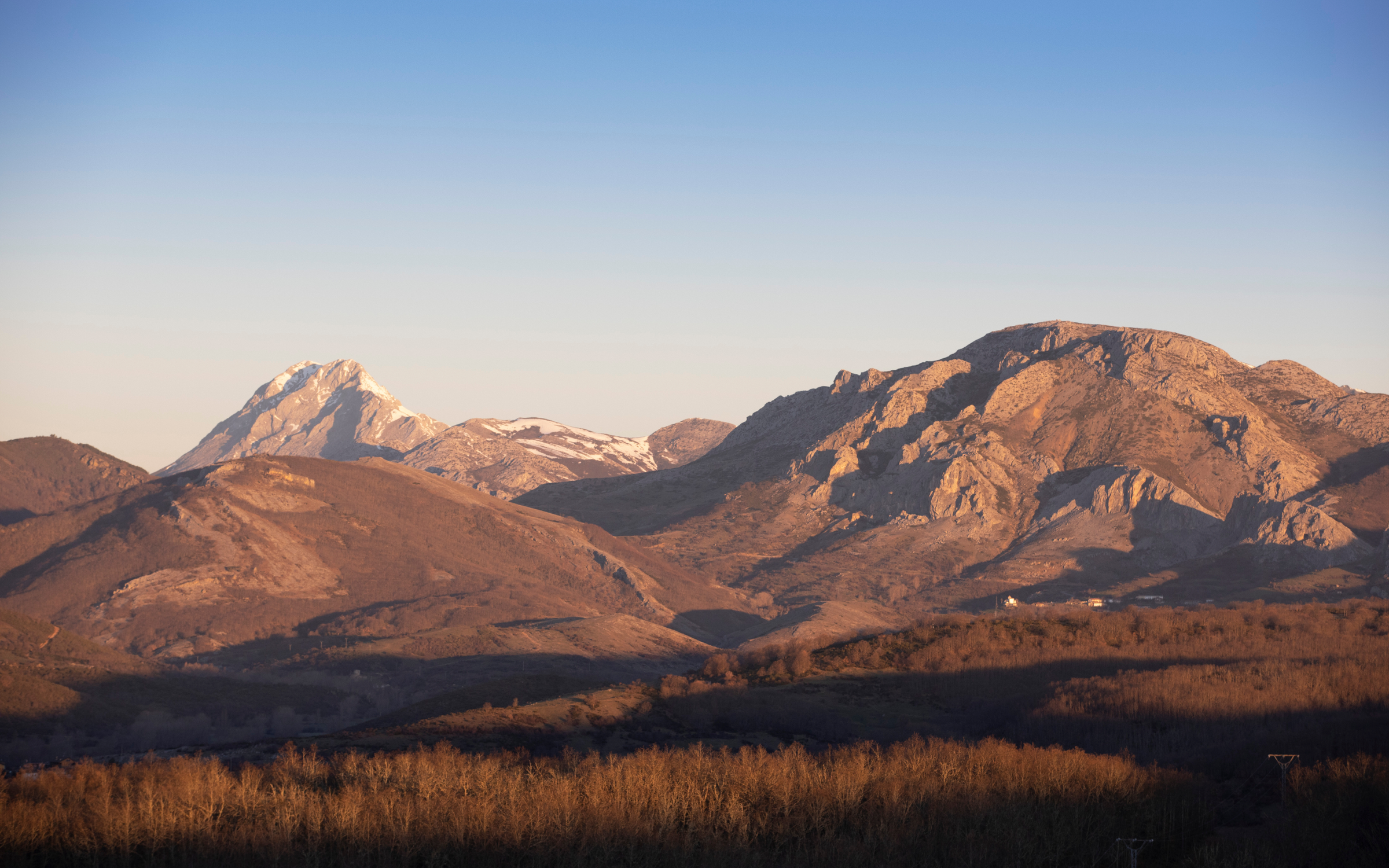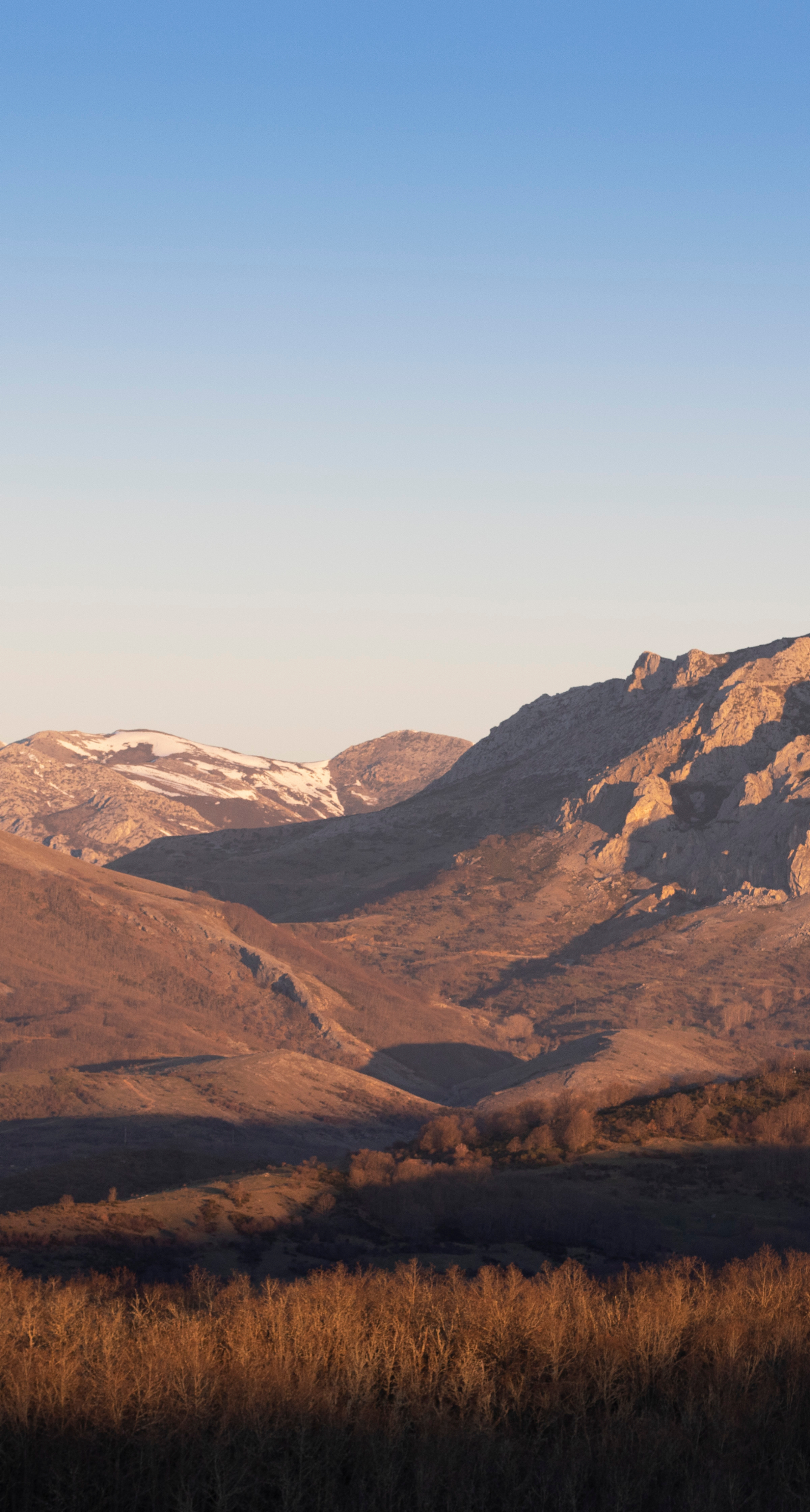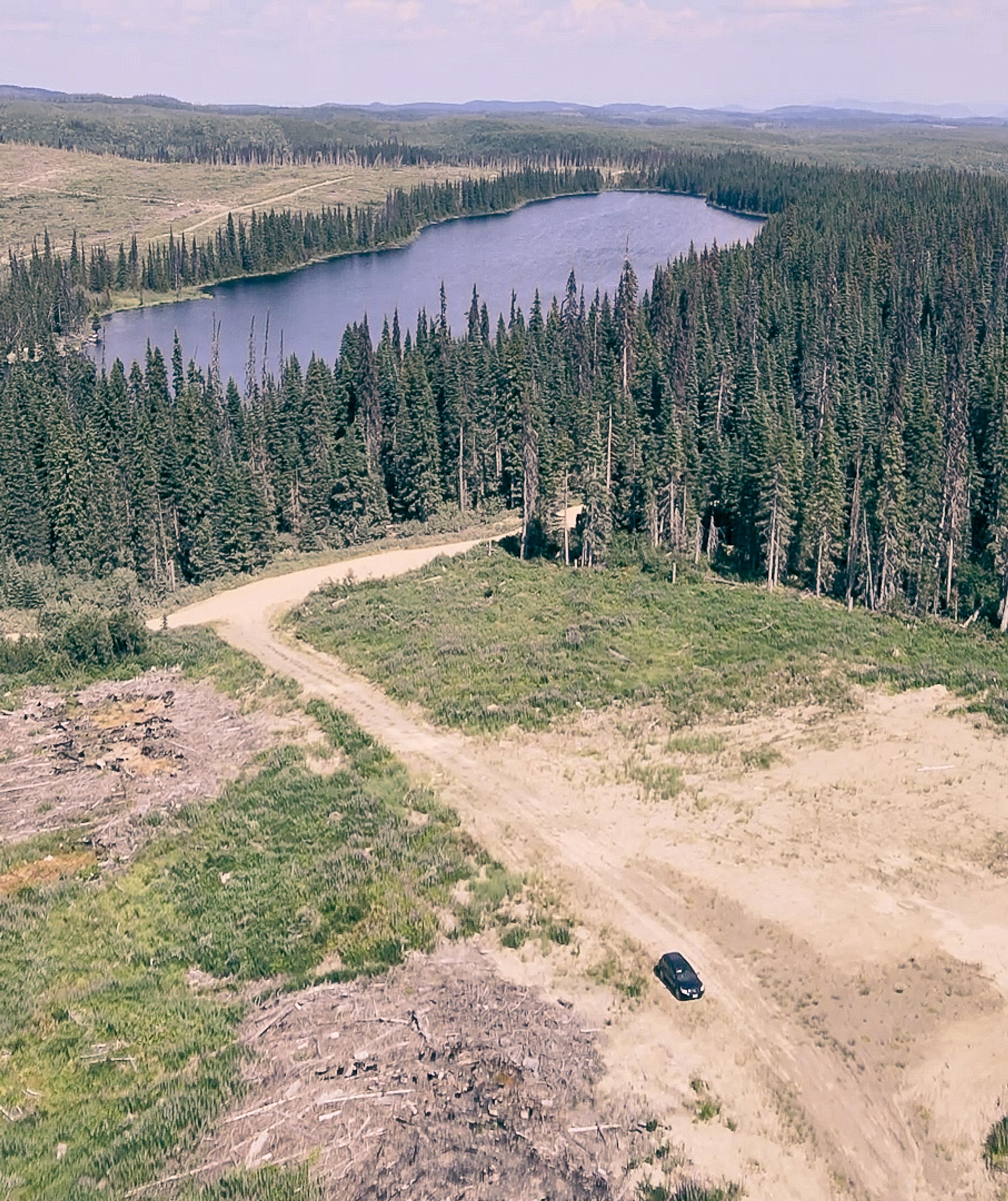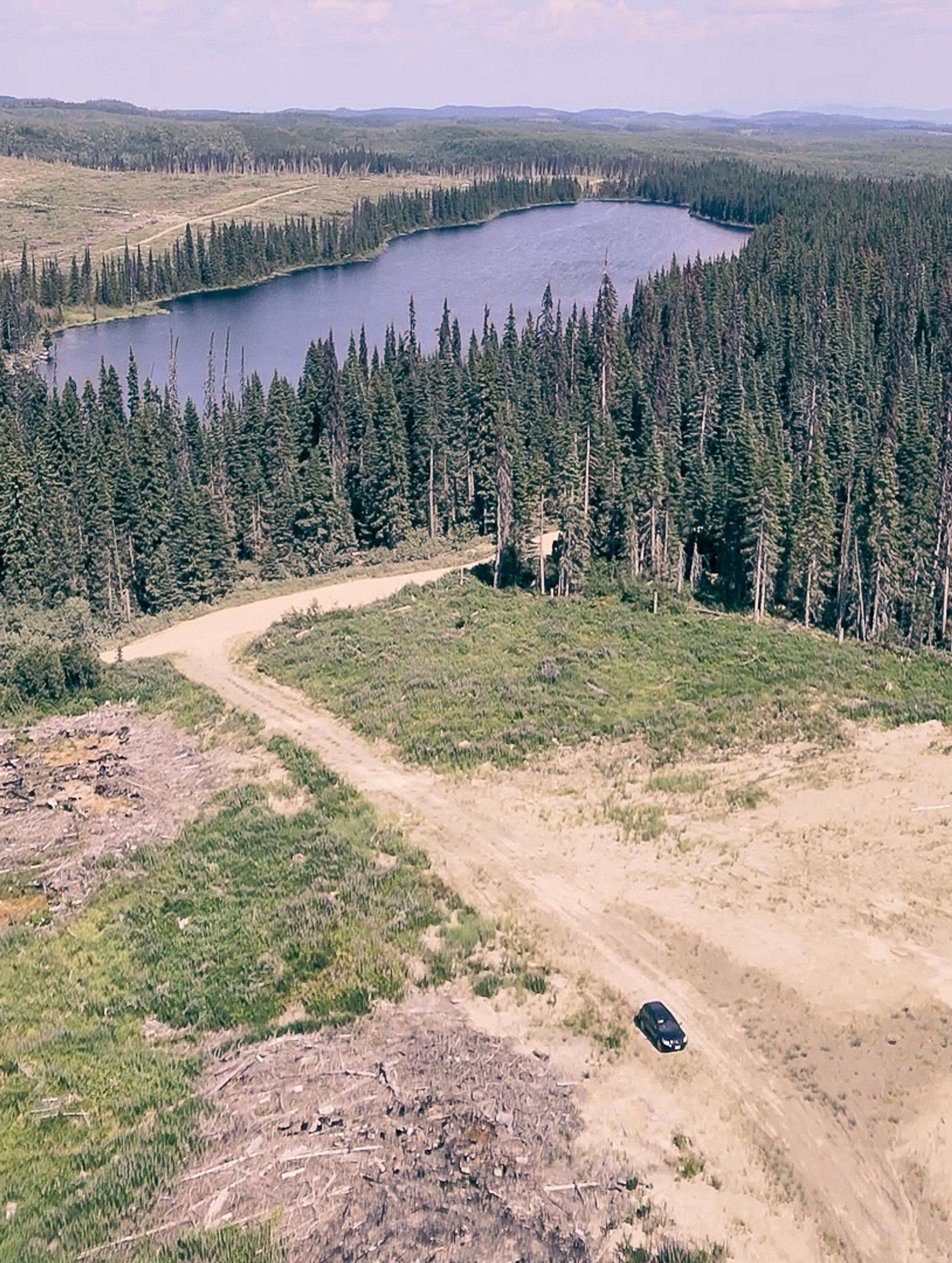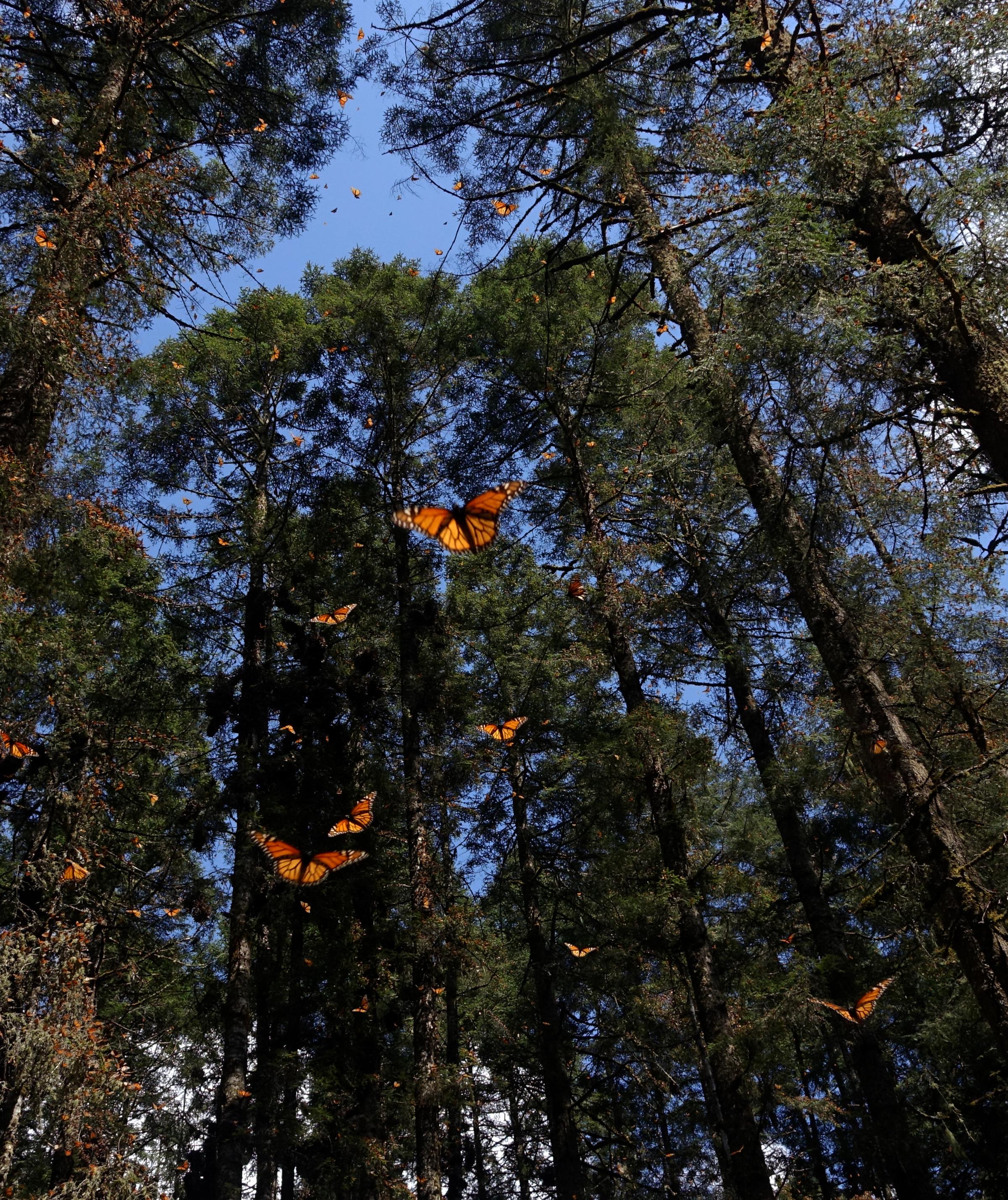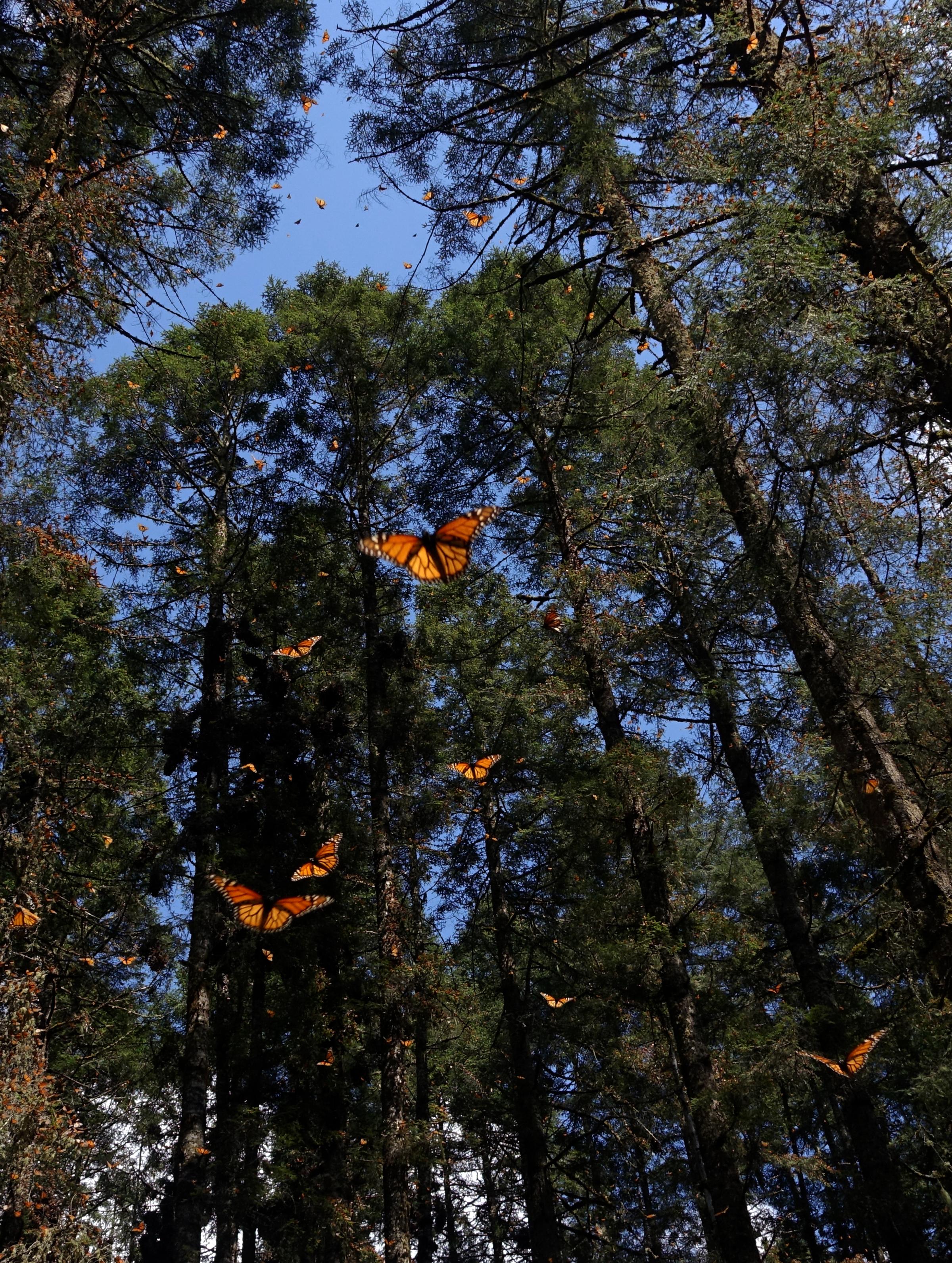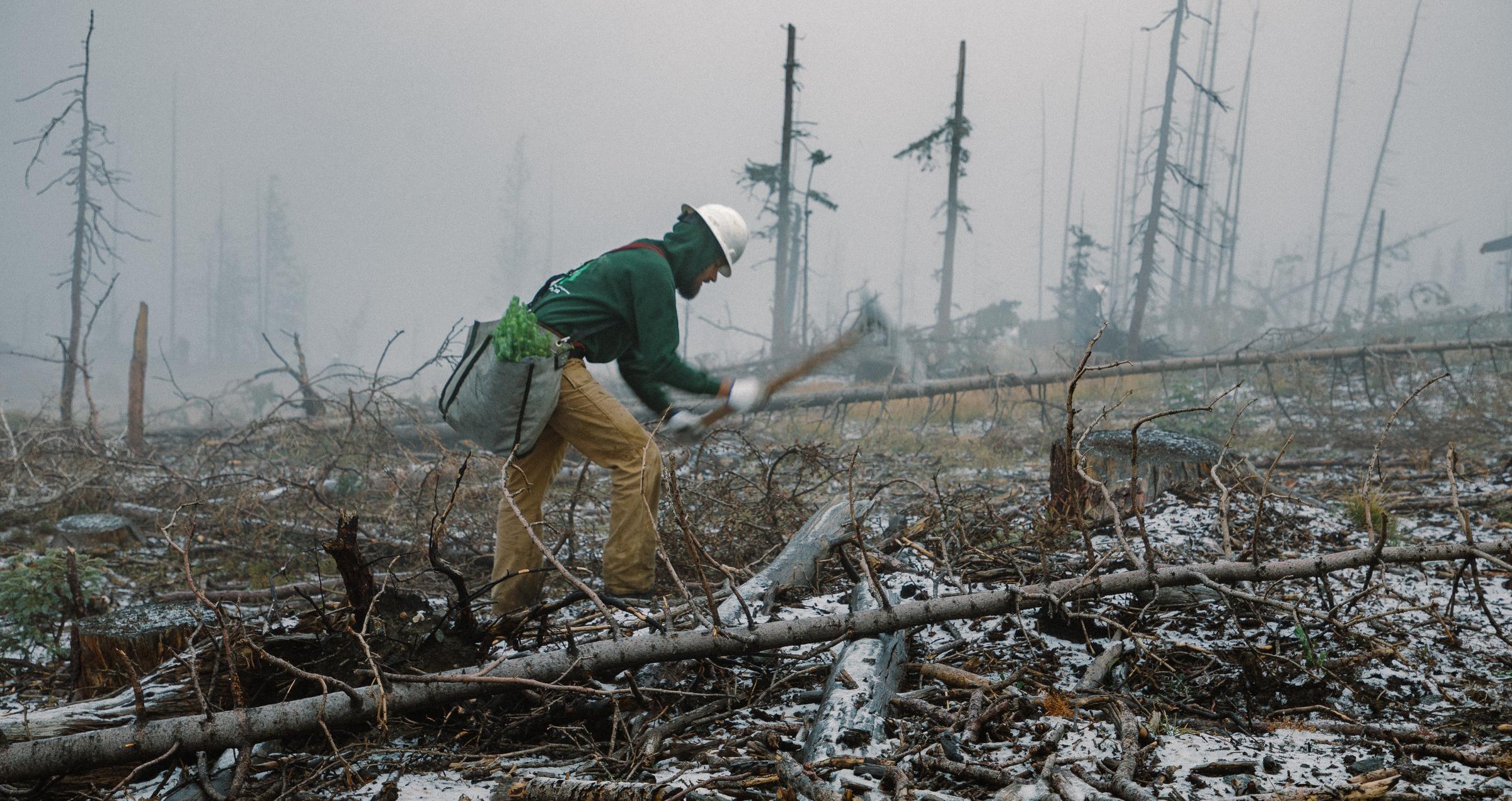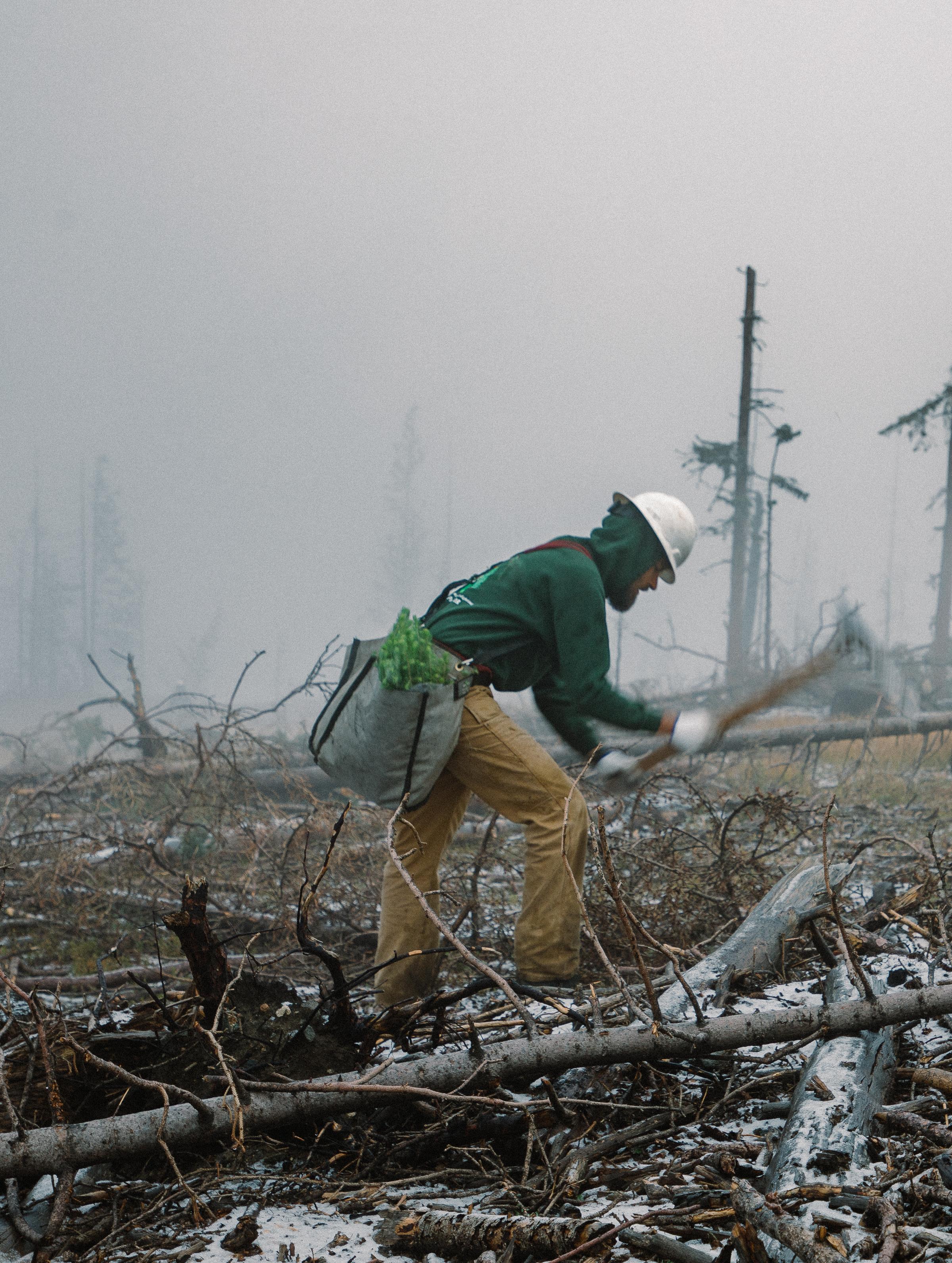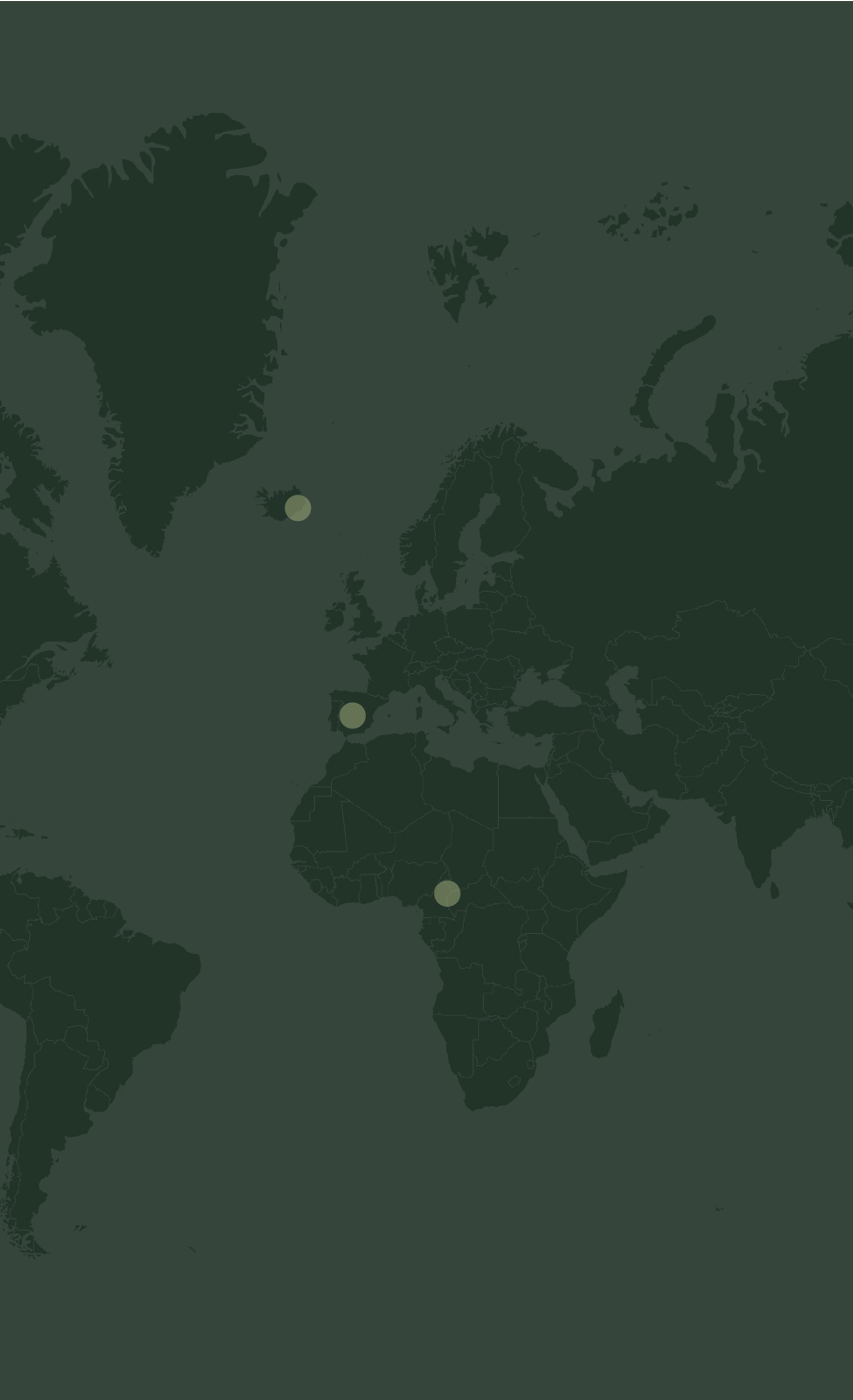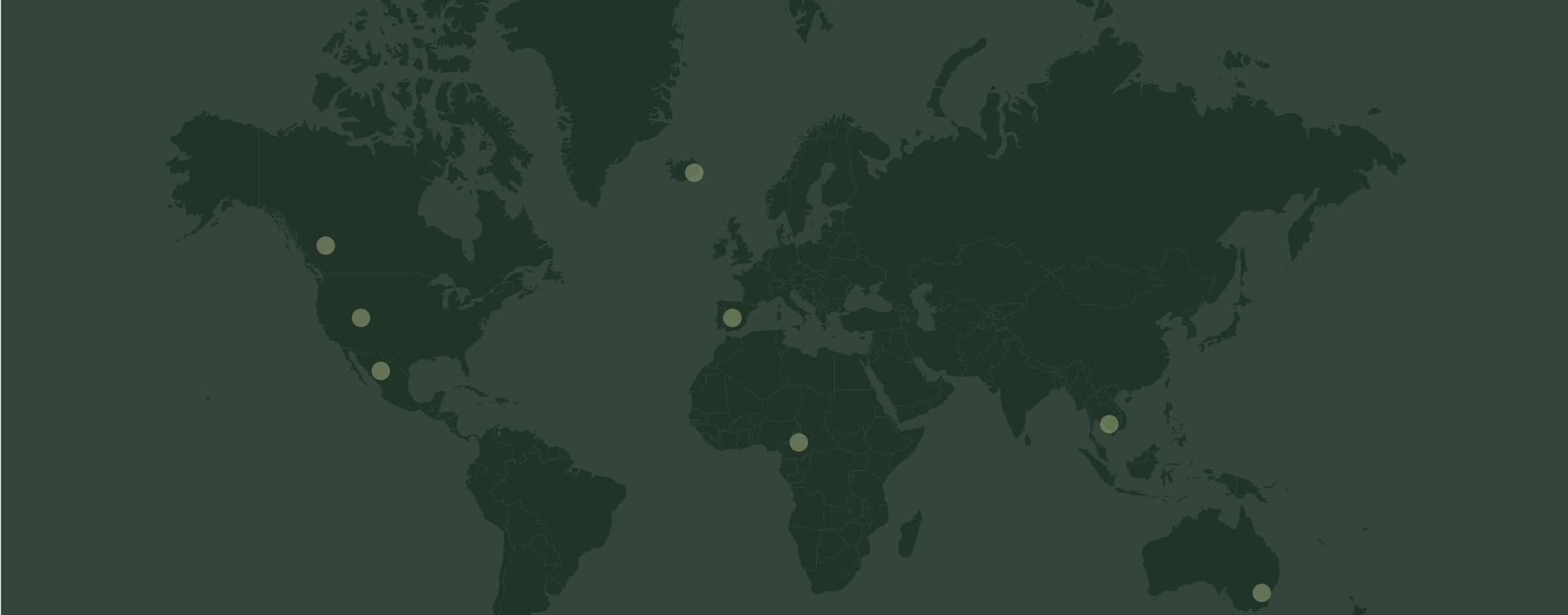United States & Canada
- COLORADO, US
- 2022
Why plant trees in North America with Land Life?
ACRES OF LAND RESTORED
6.8k
TREES PLANTED
2.3m
TONNES OF CO2 TO BE SEQUESTERED
450k
+30
PROJECTS IMPLEMENTED IN NORTH AMERICA
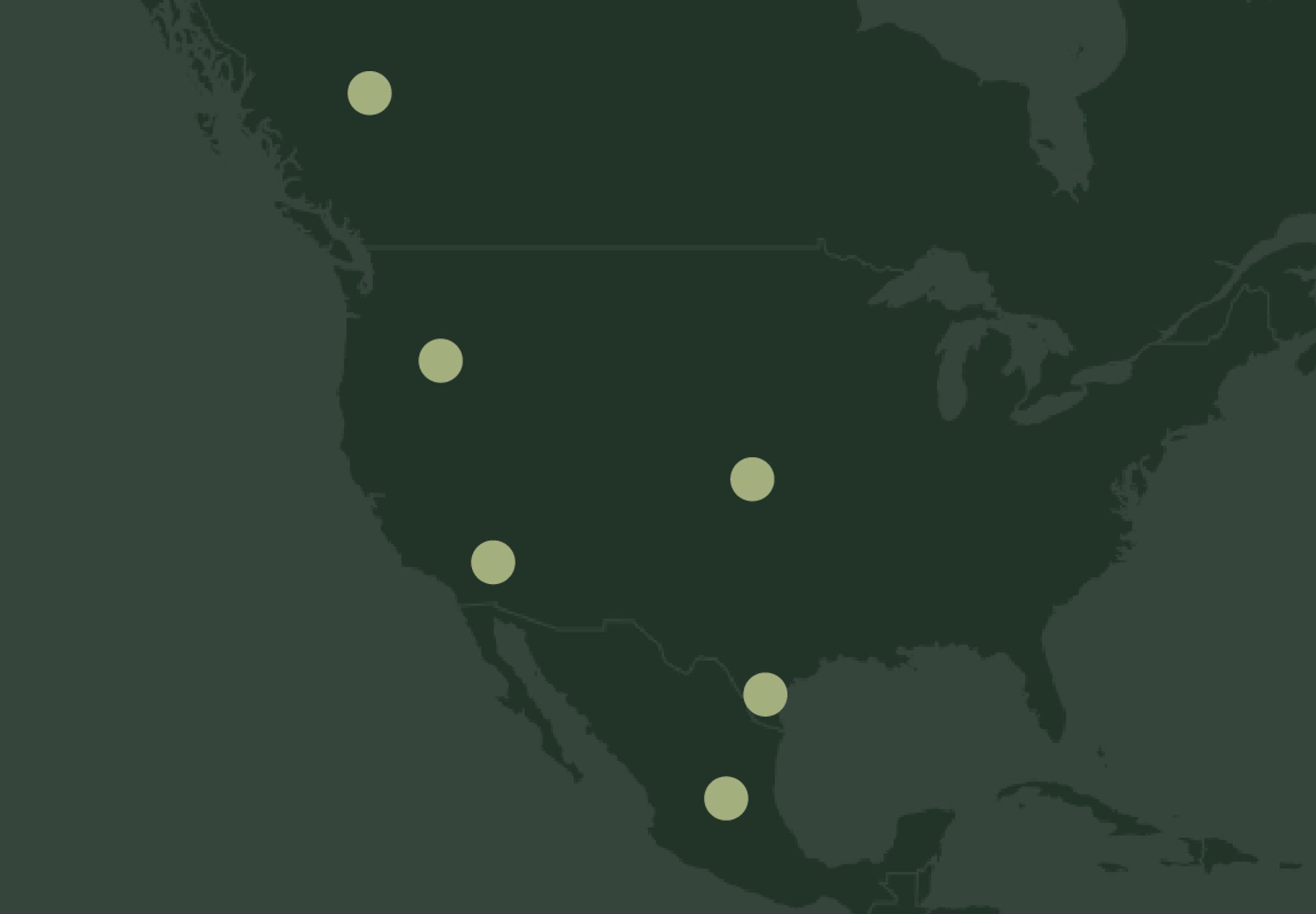
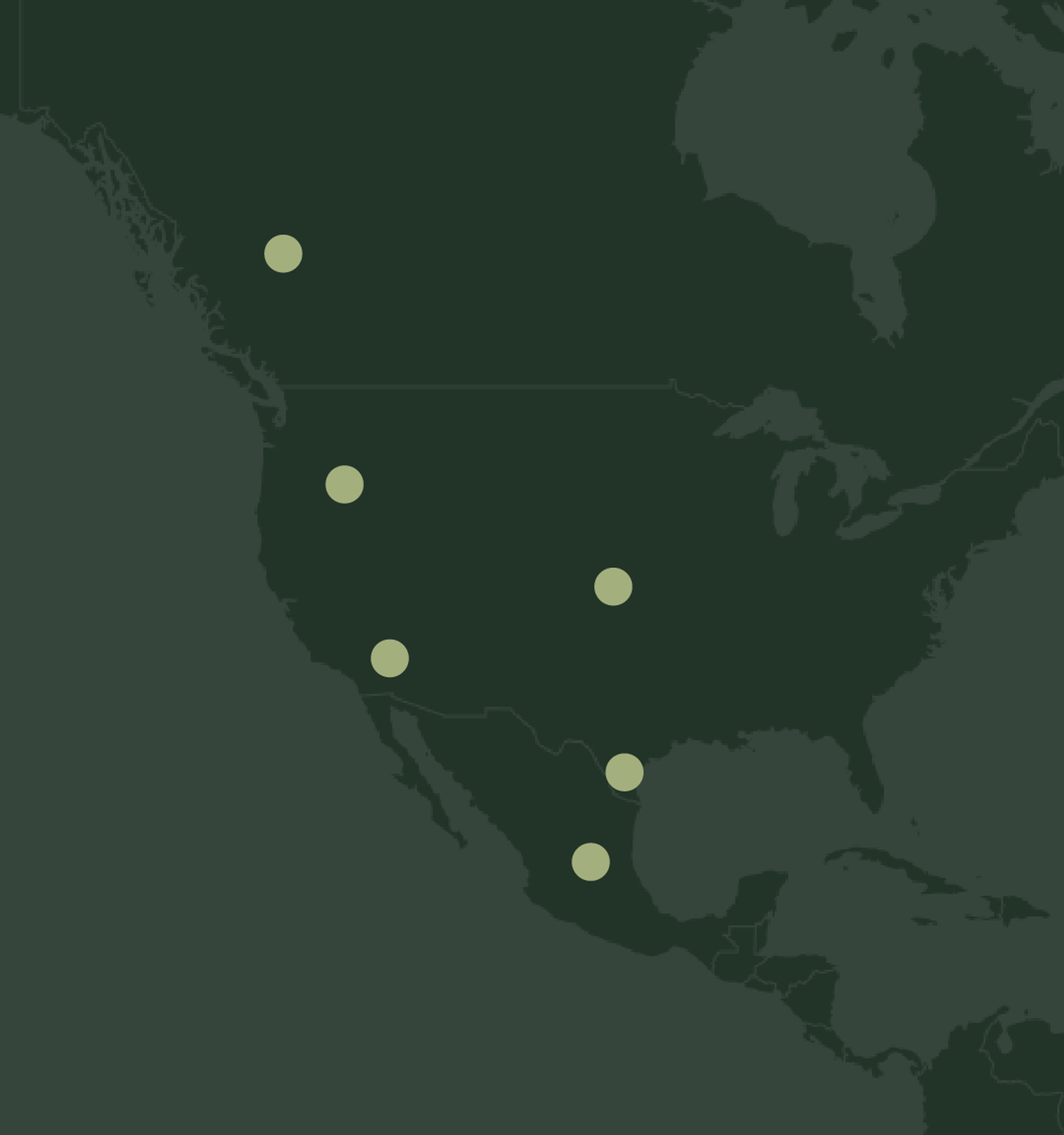
US, MEXICO & CANADA
North America Projects
Reforesting After Insect Outbreaks in British Columbia, Canada
Pests and insect outbreaks are linked to agricultural practices, globalization, and climate change....Pests and insect outbreaks are linked to agricultural practices, globalization,...
Restoring the Monarch Butterfly Reserve Mexico
We restore degraded land by building resilient, functioning ecosystems with adaptive capacity to pre...We restore degraded land by building resilient, functioning ecosystems with adap...
Post-Wildfire Land Restoration in Colorado
Wildfires, characterized by their rapid spread and immense destructiveness, lead to extensive land d...Wildfires, characterized by their rapid spread and immense destructiveness, lead to extensive land degradation, often stripping landscapes of their biodiversity and ecological balance.
Benefits Beyond Carbon
Restoring habitats and bringing back nature
Our projects include a diversity of native plants, designed to bring back the places that animals need most for food and shelter.
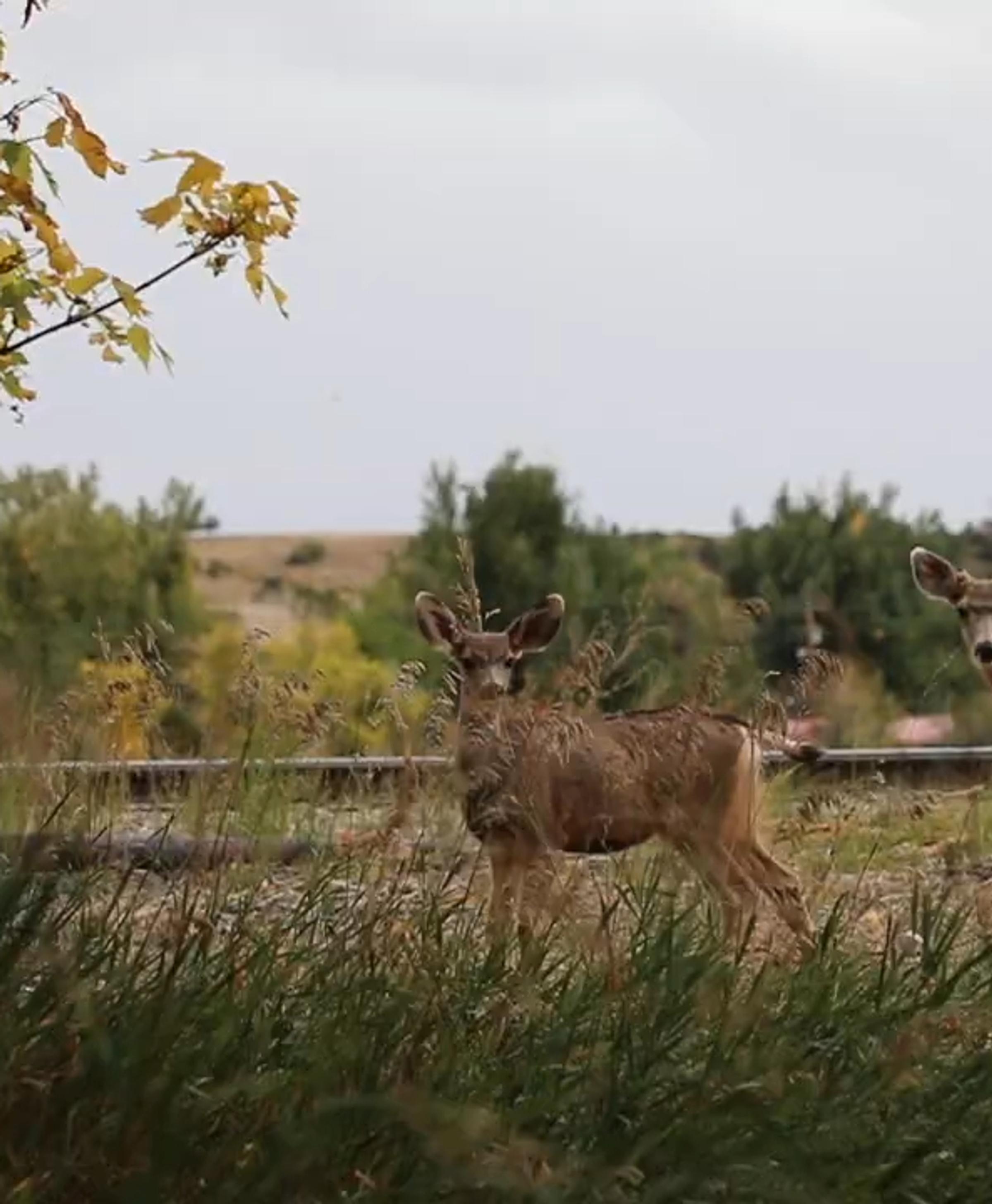
Local knowledge and local expertise
We involve local partners and landowners in our projects from the start, across all stages of the project. We incorporate local knowledge and capacities, bringing cutting edge science and technology to pair with information from those that know the land the best. We also work with the community, hiring locally when possible, as well as providing education and engagement opportunities for local youth and students.
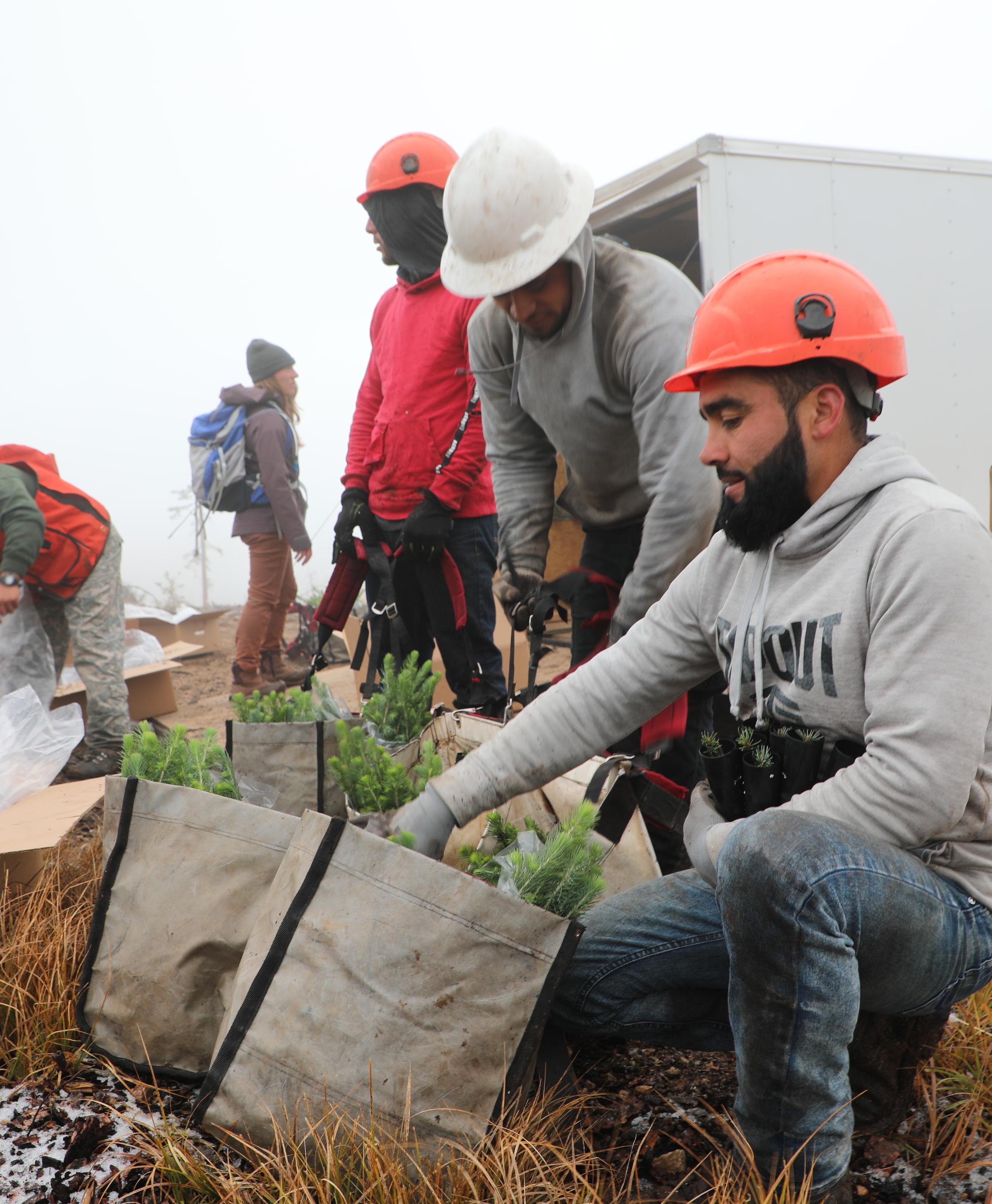
Restoring ecosystem function and increasing climate resilience
We create designs that restore functioning ecosystems with an eye towards ensuring that our restored forests will be prepared and resilient in the face of future fires, and changing temperatures and conditions.
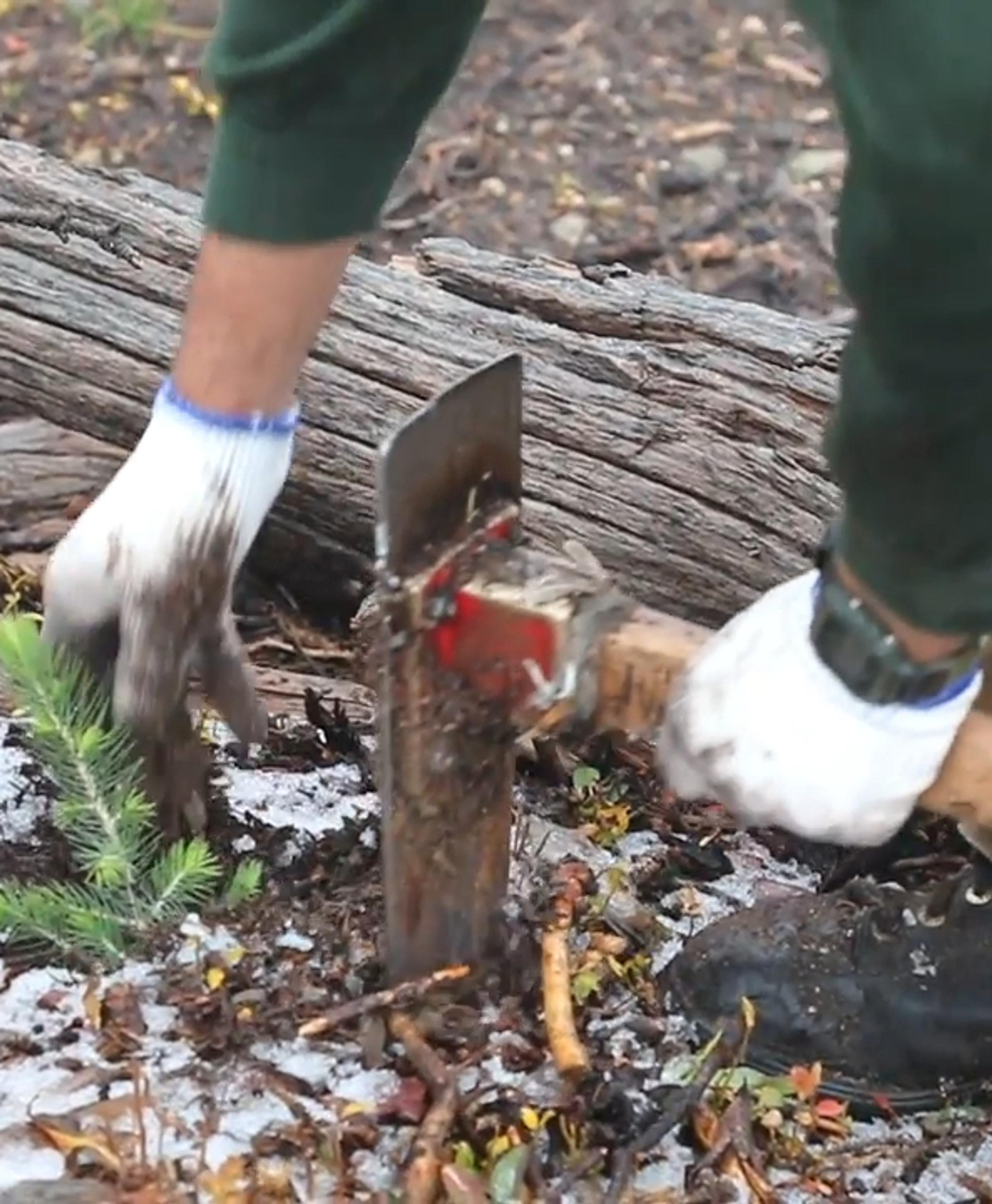
Who do we work with?

Planting Crews — Land Life works with local planting crews, hired by our local partner, Ecoculture.
EcoCulture
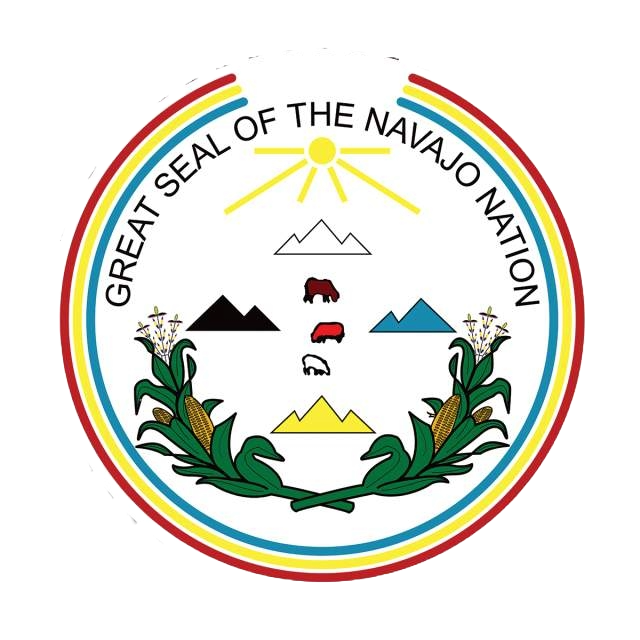
Seedling sourcing — Investment in the local nurseries to assist in building up the capacity.
NAVAJO NATION
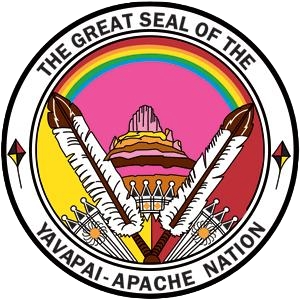
Seedling sourcing — Investment in the local nurseries to assist in building up the capacity.
